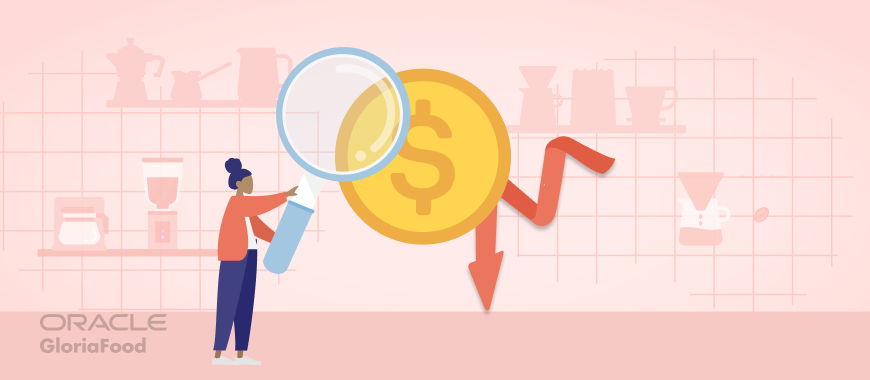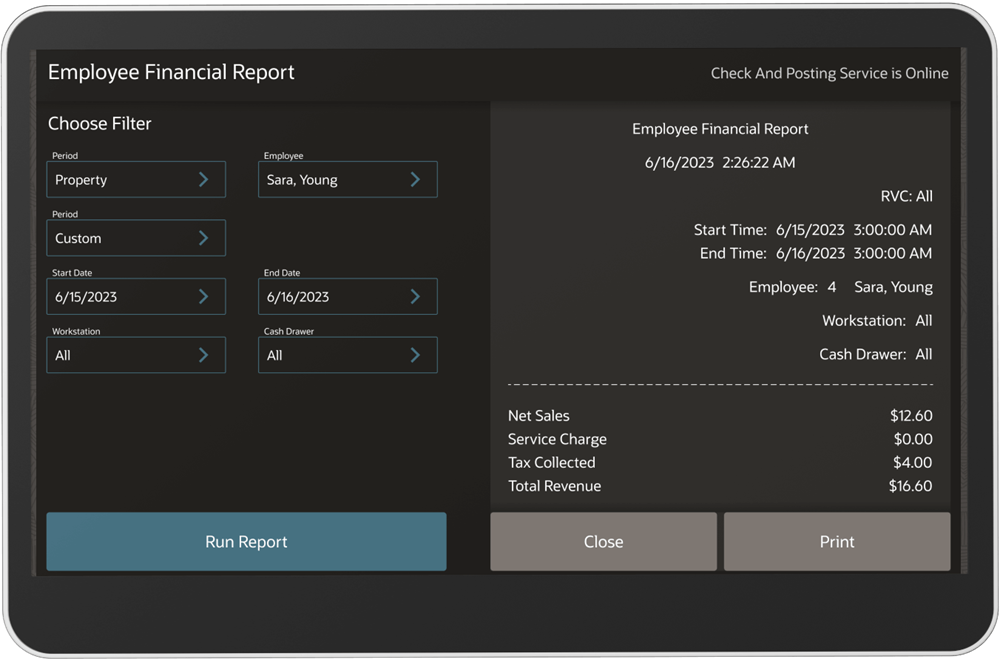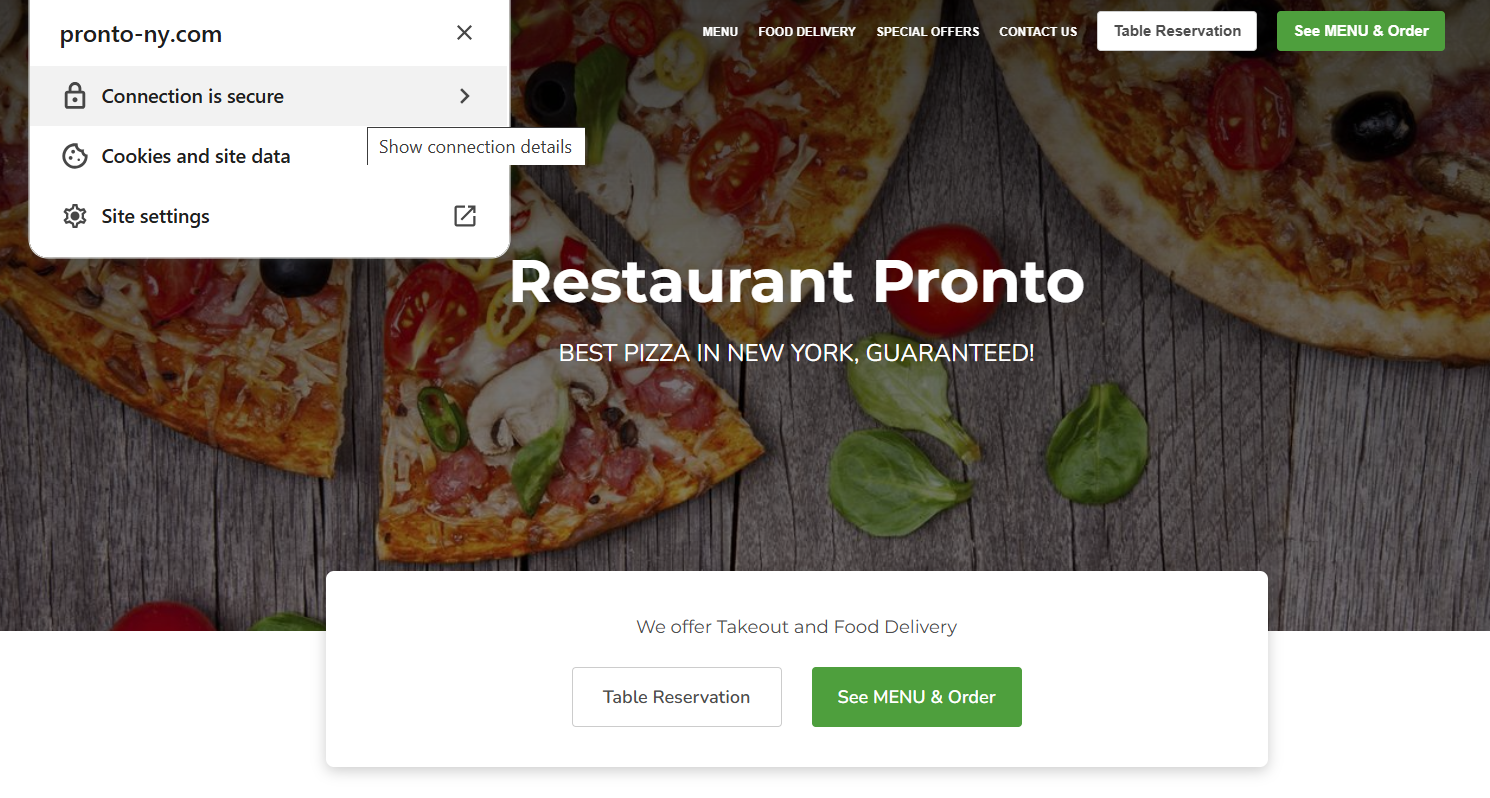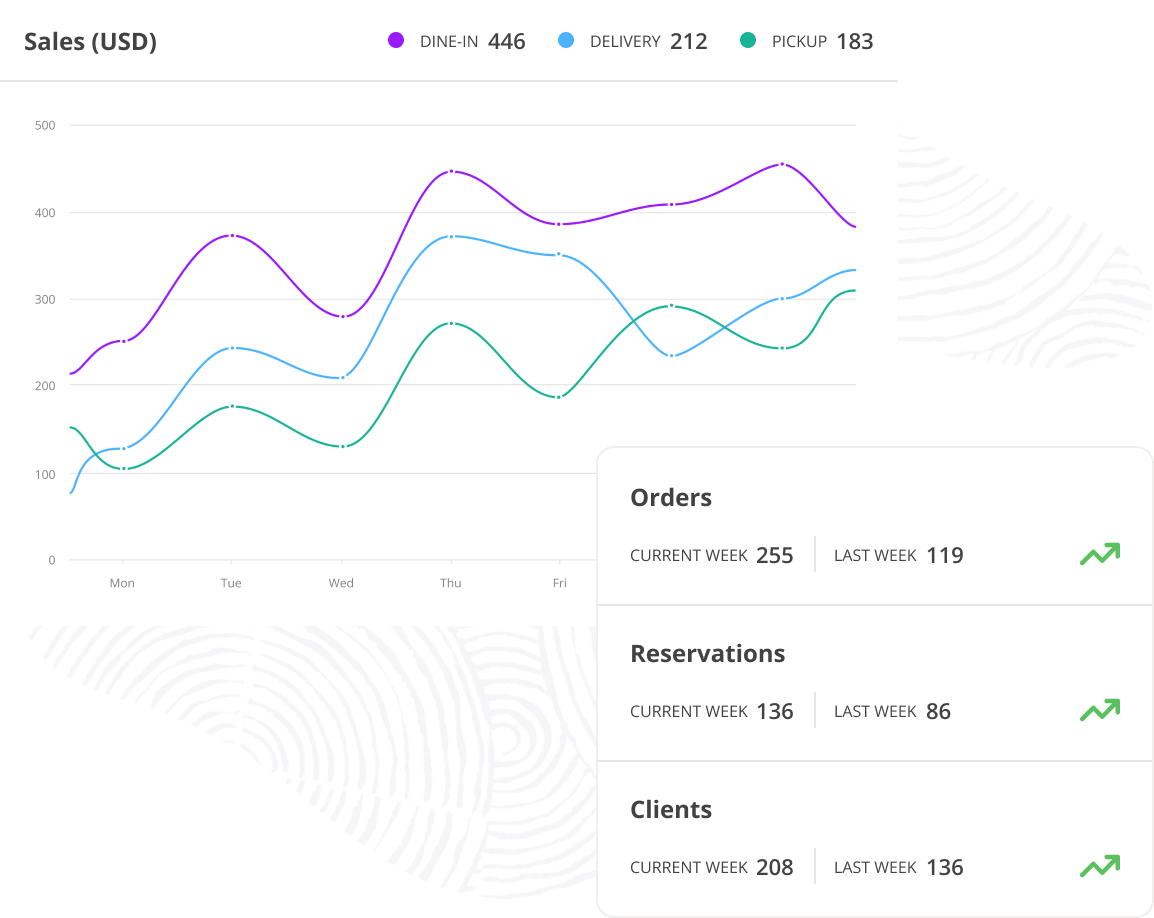- 1.Why you should make restaurant loss prevention a priority
- 2.Restaurant fraud examples
- 3.Restaurant loss prevention checklist
- Set up operational procedures
- Track employee performance
- Implement an on-premise ordering system
- Protect your clients’ data online
- Periodically review costs and profit
- Add security cameras
- Have a thorough hiring process
- Train employees on restaurant loss prevention
- Use promotions to prevent food waste
- 4.Final words
Typically, restaurants start to break even and make a profit after 18 to 24 months of operation. This time frame can be dramatically altered by a bunch of different factors, including restaurant fraud.
Making a profit is already a struggle in an industry with rising food costs, so you can’t afford to lose any money. That’s why restaurant loss prevention must be a priority for your business.
In this article, we will show you not only what the most common types of fraud and losses are, but also how to identify and prevent them.
Why you should make restaurant loss prevention a priority
The obvious answer is to increase your profit. By being on top of your restaurant loss prevention, you reduce theft, waste, and any inaccuracies that make you lose money to earn more at the end of the month.
Preventing restaurant fraud will also help you:
- Improve operational efficiency: once you have loss prevention procedures in place, your business will run more smoothly;
- Offer better security for customers: clients who see your restaurant as trustworthy are more likely to return because they know they can enjoy a great dining experience while their credit card data is safe;
- Boost employee morale: a good work environment relies on trust, and you can build it by training employees on restaurant loss prevention.
Restaurant fraud examples
The first step for restaurant loss prevention is to know all the possible bad scenarios you may encounter so you can easily identify them if they happen at your restaurant. Here are a few restaurant fraud examples:
- Credit card fraud: One of the most common restaurant frauds involves gaining unauthorized access to clients’ data by skimming the card;
- Employee theft: This can be anything from stealing cash, inventory, or tips that are meant to be pooled and shared with the team;
- Delivery fraud: Can happen when the delivery drivers tamper with the food or the delivery process. It can be harder to solve when you use third-party delivery apps, as you have less control over the process;
- Dine and dash: When customers eat their meals and then leave without paying for the bill. Related, there is also the chargeback scam where clients ask for their money back, even if they had a good experience;
- Food adulteration: When the inventory and food preparation are altered in any way, resulting in a non-conform dish.
On top of fraud, restaurant loss prevention measures should also address food waste, as it is a surefire way to decrease profit.
Restaurant loss prevention checklist
If you don’t know how to get started with managing loss prevention, follow these simple steps that will help you protect your hard-earned profit:
1. Set up operational procedures
Sometimes, loss can occur as a result of inefficiency. For example, a dish that is prepared incorrectly and ultimately gets thrown away. Or a server takes down the wrong order, and the kitchen prepares the wrong menu item.
You can prevent these issues by creating standard operational procedures that detail the tasks for each position and how to handle each process. They should also include chain of command instructions, so employees know who they can turn to if a problem occurs.
Read more: An Easy Guide to Restaurant SOPs (Standard Operating Procedures)
Another great way to boost efficiency and limit the possibility of human error is to take advantage of the GloriaFood POS system. When you connect a printer to the POS, it will automatically send the orders to the designated kitchen destinations. Moreover, you further improve accuracy and speed of service by setting up multiple kitchen destinations.
2. Track employee performance
A great way to spot restaurant fraud perpetrated by employees is to monitor employee performance. This will help you identify if there are any sudden changes, such as a large number of voided orders or double tipping.
If you’re looking for an easy way to spot inaccuracies, use the GloriaFood POS system. The software comes with a powerful in-store reporting module that gives you access to the Employee financial report, Check Journal report, and a lot of other useful data.
Moreover, you can create unique POS IDs that each employee get where you can get an overview of their transaction logs. You can also delegate different roles to team members, so you can only entrust a few selected ones with access to cash and credit data.
3. Implement an on-premise ordering system
A great way to prevent dine-and-dash incidents and increase client satisfaction is to use an on-premise online ordering system. In just a few steps, you can generate a free QR code menu with GloriaFood, print it, and stick it on every table.
Once clients are seated, they will use their mobile phones to scan the code and browse the menu leisurely. Once they have decided on their preferred food, they can order and pay, all with their personal device.
An on-premises ordering system will also make the ordering process more efficient for your restaurant and practically eliminate the human error linked to wrong orders. It is an essential piece of technology for restaurant loss prevention.
You can follow the steps in this video tutorial to set up on-premise ordering:

4. Protect your clients’ data online
Selling your food online is a must if you want to make more profit. However, using third-party delivery apps comes with a variety of hidden costs and no control over ordering process errors.
To increase client satisfaction, you need to allow clients to order directly from your website by using an online ordering system. Moreover, to keep your clients’ data safe when they order online, you need an optimized website with an SSL certificate.
If you don’t have a website or aren’t happy with the one you have, you can use our restaurant website builder to generate a sales and SEO-optimized website with an SSL certificate included. Less effort for you and a better experience for your customers.

Read more: 10 Tips to Improve Restaurant Cybersecurity
5. Periodically review costs and profit
Don’t wait until a big problem arises; periodically check for small inaccuracies. Constant monitoring is a key principle of restaurant loss prevention. To do this efficiently, you need access to both in-store and online restaurant data.
You can get it easily by using:
- The online ordering system from GloriaFood
- The GloriaFood POS system
At the end of the week, take some time to look over the overall sales, the type of orders, the closed checks, and the many other reports to notice if they are consistent or if there is a change that could indicate fraud.
Read more: How to Successfully Use Restaurant Analytics to Increase Revenue
6. Add security cameras
Security cameras serve a double role: they deter potential thieves while also providing evidence in case something happens. You must place them in all areas where fraud could occur, such as:
- Storage area;
- Cash registers;
- Food preparation;
- Customer service area.
To provide extra safety for customers and employees, you can also sign a contract with a security team that can be called with the press of an alert button.
Read more: 7 Restaurant Security Measures That You Should Implement Now
7. Have a thorough hiring process
For effective restaurant loss prevention, start by hiring only the best employees who not only fit your business’s culture but also have no past incidents involving crime.
You can do so by running a background check for every candidate you are considering. Furthermore, create a list of questions for the interview so you can understand their qualifications and personality.
Read more: 18 Best Restaurant Interview Questions To Ask to Hire the Perfect Team
8. Train employees on restaurant loss prevention
Having strict policies in place is great, but they won’t work if employees don’t know about them. Therefore, organize regular training sessions where you teach employees how important it is to prevent fraud and how to do it.
For example, you can have a plan in place for when servers notice clients trying to leave without paying. Or what to do when a customer asks for a refund on a conform menu item.
When you use the GloriaFood POS system, you can use the training mode to show new employees the ropes, without giving them access to sensible information.
Read more: Restaurant Staff Training 101: How to Improve Efficiency with Practical Training Methods
9. Use promotions to prevent food waste
By having too much inventory that doesn’t get used, you end up throwing money away. The first step is to look over your data to come up with the perfect reordering amount, so you don’t produce that much food waste.
Also, when you notice some items are nearing their expiration date, you can quickly cook them up and sell them at a discount. For example, you can have some pizzas at 30% off, an exclusive offer. This will help you sell items that would have otherwise sat on the shelf until they went bad.
Read more: How to Reduce Food Waste in Restaurants: 7 Tips & Tricks
If you’re looking for an easy way to set up promotions that will only take you seconds, check out the Promotions module from GloriaFood. The offers will be visible at the top of your online menu:

Final words
If you want to protect the profit you worked so hard to make, you need to make restaurant loss prevention a priority. Rely on technology to monitor your data and identify any inaccuracies that could indicate fraud.




